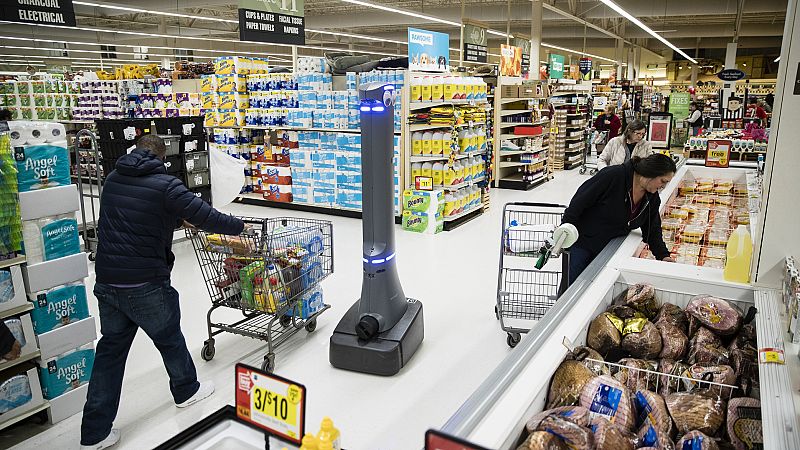
The US job market is slowing at a time when Americans are increasingly anxious about what President Donald Trump’s trade wars are going to do to the economy.
When the Labor Department releases employment numbers for March on Friday, they are expected to show that US businesses, government agencies and nonprofits added 130,000 jobs last month, down from 151,000 in February, according to a survey of forecasters by the data firm FactSet. The unemployment rate is forecast to tick up to 4.2% in March, from 4.1% in February.
Those would unspectacular but not terrible hiring numbers—but the fear is that things might get worse from here.
President Donald Trump’s trade wars, including the sweeping 'Liberation Day' import taxes he announced on Wednesday, threaten to drive up prices, disrupt commerce and invite retaliatory tariffs from the US' trading partners. The chaos is already harming consumer spending and business investment.
Another threat comes from the president’s promise to deport millions of immigrants who are working in the United States illegally. In the past several years, those workers have eased labour shortages and helped the economy to keep growing. If they’re deported or frightened out of the job market, companies could have to cut back on what they do or increase wages and raise prices, potentially feeding inflation.
Likewise, purges of the federal workforce by Elon Musk’s Department of Government Efficiency (DOGE) threaten to weigh on the labour market and push up unemployment.
Still, the impact of Musk’s firings is only starting to show up.
“We do not expect DOGE-driven job cuts to be a sizable drag” in the overall March hiring numbers, Shruti Mishra, economist at the Bank of America, wrote in a commentary.
“The numbers are too small to move the needle on the broader labour market," she said.
Mishra forecasts 185,000 new jobs last month, considerably higher than economists’ consensus, partly because she expects hiring at leisure and hospitality companies like hotels and restaurants to rebound after being pushed down by unusually cold weather in January and February.
Robust growth despite high borrowing costs
The job market has cooled from the red-hot hiring days of 2021-2023. Employers added 151,000 jobs in February and 125,000 in January. Not bad but down from monthly averages of 168,000 last year, 216,000 in 2023, 380,000 in 2022 and a record 603,000 in 2021 as the economy surged back from COVID-19 lockdowns.
The economy has been remarkably durable in the face high interest rates.
In 2022 and 2023, the Federal Reserve raised its benchmark interest rate 11 times to combat inflation. Economists expected the higher borrowing costs to tip the United States into recession. But they didn’t. Consumers kept spending, employers kept hiring and the economy kept growing.
Inflation came down, which allowed the Federal Reserve to cut rates three times last year. But then progress against inflation stalled, forcing the Fed to put off more rate cuts this year.
Now there are increasing worries about the health of the economy. The University of Michigan’s consumer sentiment survey last month showed that two-thirds of US consumers expected unemployment to rise over the next year — the highest reading in 16 years.
“The US economy is in good shape at the start of the second quarter, but the ongoing trade war has increased the risk of near-term recession dramatically,” Ershang Liang of PNC Economics wrote in a commentary on Thursday.
Still, the slowdown, if one is coming, may not show up in Friday’s job numbers.
Thomas Simons, chief economist at Jefferies, said the March numbers may be inflated by seasonal adjustments and end up getting revised lower in coming months.
“After we see more data, and eventually a number of revisions, this period of time in the labour market will probably look quite a bit worse than it does now,” he wrote in a commentary on Thursday.







